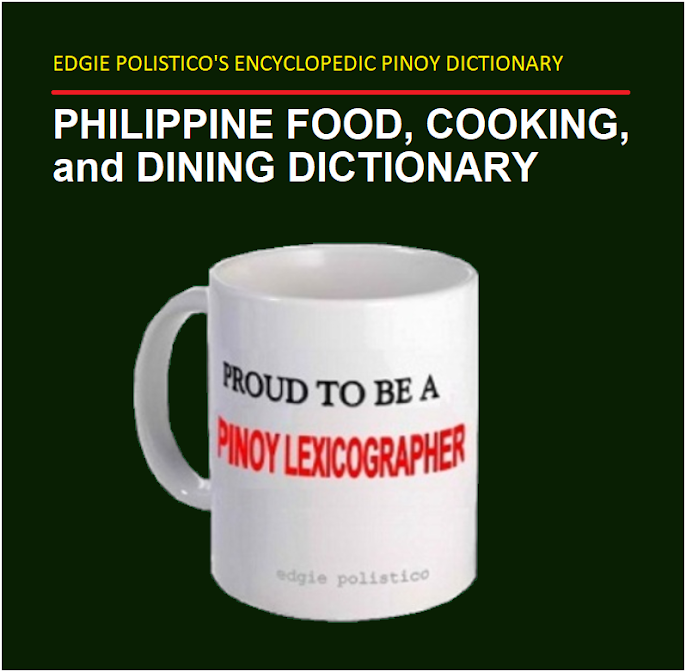.JPG) |
These balut eggs are out in their shells and into another shells - the glass bottles.
duck egg casserole - /dak eg ka-se-rol/ Tagalog dish) [n.] shelled balut eggs cooked in casserole.
a.k.a. balut casserole in Tagalog
Balut eggs can also be served in several ways. When peeled off its shell, it can be cooked in tomato sauce to become balut caldereta or balut afritada, in a soup like a balut a la pobre, cooked adobo-style, or into a paste or spread for bread, as in balut pate.
Bottled duck egg casserole is a perfect way to bring balut as pasalubong for Pinoys and friends abroad.
.JPG&container=blogger&gadget=a&rewriteMime=image%2F*) |
Bottled duck eggs casserole cooked in different ways and variant of flavors on display in the grocery section of Market-Market Supermarket in Bonifacio Global City (BGC), Taguig City. |
The latest innovation in balut is the bottled duck egg casserole cooked in different ways and variant flavors. There is a balut caldereta, balut afritada, and balut in brine or just boiled and preserved in a brine solution (water and salt).
Bottled egg casserole are often sold in select big supermarkets in the Philippines and are likely available in Asian grocery stores abroad.
If you cannot find one, you can make one yourself at home. It is very easy to make. What is difficult is how and where to find balut eggs if you are far from places where balut are sold.
To know more about balut eggs, click here.
All photos by Edgie Polistico in this blog are copyrighted. ALL RIGHTS RESERVED.
For more about Filipino food, see this Philippine Food, Cooking, and Dining Dictionary. It is OPEN and FREE.

.JPG)
.JPG)
.JPG)


%2Bwatermarked.jpg)

.JPG&container=blogger&gadget=a&rewriteMime=image%2F*)
.JPG&container=blogger&gadget=a&rewriteMime=image%2F*)
.JPG&container=blogger&gadget=a&rewriteMime=image%2F*)
.JPG)













